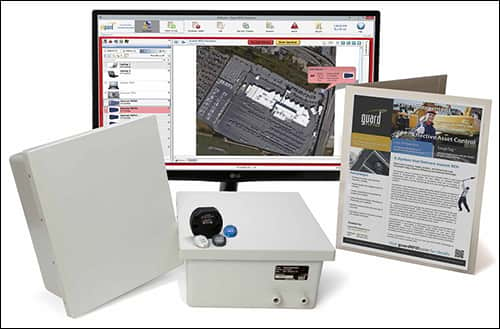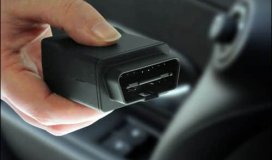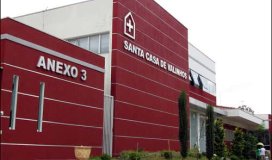Florida-based Linder Industrial Machinery has increased its efficiency with an active RFID-based system from GuardRFID that tracks the movement of its high-value, industrial equipment as it enters and leaves its storage yards. The company also can employ the RFID-based data to better manage the servicing of equipment as it is cleaned or maintained. Since the system was taken live at nine of its 19 locations, the company says it has been able to not only reduce its manual inventory tracking efforts, but also ensure that its high-value assets are never lost.
The AllGuard Yard Management solution was taken live in August 2017. Since then, the company reports, Linder Industrial Machinery has been better able to manage equipment leaving or returning to its yard, as well as move that equipment from one site to another. The system also enables it to track which customer has each particular item, and for how long.
Linder Industrial Machinery, founded in 1953, rents and sells equipment for use in residential and commercial applications, as well as highway construction, says Eric D. Strid, the firm's IT director. Its customers are located in Florida, North Carolina, South Carolina and Georgia. Its branch locations, which span the U.S. Southeast, store and maintain such equipment as milling machines, pavers, crushing and compacting products, demolition systems and scrap attachments for future use.

Managing inventory is an extensive and challenging task, the company reports, that was previously performed manually. Some of the equipment can be worth hundreds of thousands of dollars, and flows in and out of the storage yards in sufficiently high volume that, in some cases, a piece may end up missing. Often, Strid says, six of seven trucks might be lined up at a storage yard to receive or deliver a specific piece of equipment, especially at the end of the month. As a result, items may occasionally be missed. The company, in fact, had to write off $70,000 worth of equipment annually, on average, which was sometimes redundant.
For instance, an accessory or piece of equipment may be received but not be formally checked into the system, meaning it might be onsite and available for rental to other customers, but the system would still not have a record of its return. Potentially more serious are instances when a piece of equipment leaves the storage yard and the company doesn't know where it is.
The GuardRFID system consists of active RFID tags, with a tag attached to each item. The equipment company, thus far, has purchased a total of approximately 1,800 tags for use on the nine sites. GuardRFID 433 MHz Solar Powered Tag Readers (SPTRs) are installed around the yard, with six such units, on average, deployed per site. There are also four Solar Powered Tag Exciters (SPTEs) at the gates to activate the tags via a 125 KHz transmission; the tags then beacon their own ID number, along with that of the exciter, to nearby readers. The response to the SPTE then indicates when a tagged piece of equipment has reached the gate and in what direction it is going (there is an exciter on each side of the gate for inbound and outbound transportation).
The SPTRs transmit data to GuardRFID's cloud-based software via a Wi-Fi connection. GuardRFID software, which receives inventory data from Linder Industrial Machinery's enterprise resource planning (ERP) system, captures each tag read and links that tag ID with information about that, item including where it is going or has come from, and then stores that data. The system also can issue alerts.
First, a yard worker receives a transfer order for a rental, or a sales order. He or she then uses the GuardRFID software to confirm that the requested item is onsite. The RFID reader data displays the tag's location on a map of the yard. Once it is loaded and transported out through the gate, the item's status is updated as having left the premises on its way to a customer. When it returns, the system works similarly. The exciters at the gate again awaken the tags, after which the software updates each tag ID's status as having been received.
The process also works when equipment is transported from one of Linder's RFID-enabled yards to another, to ensure that the item is closer to a customer who will be picking it up. In this way, the company knows at which of the nine RFID-enabled storage yards a piece of equipment is located.



